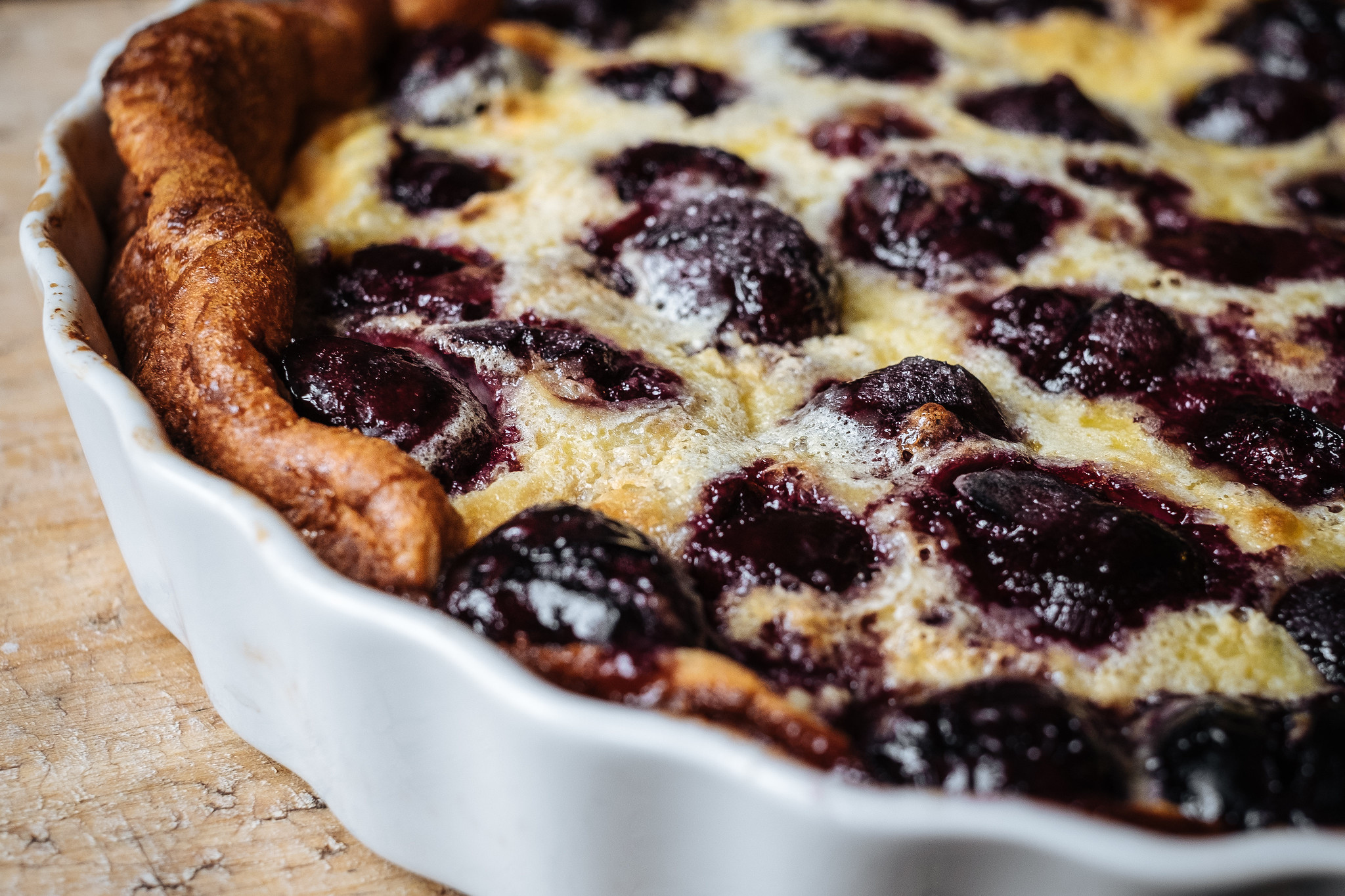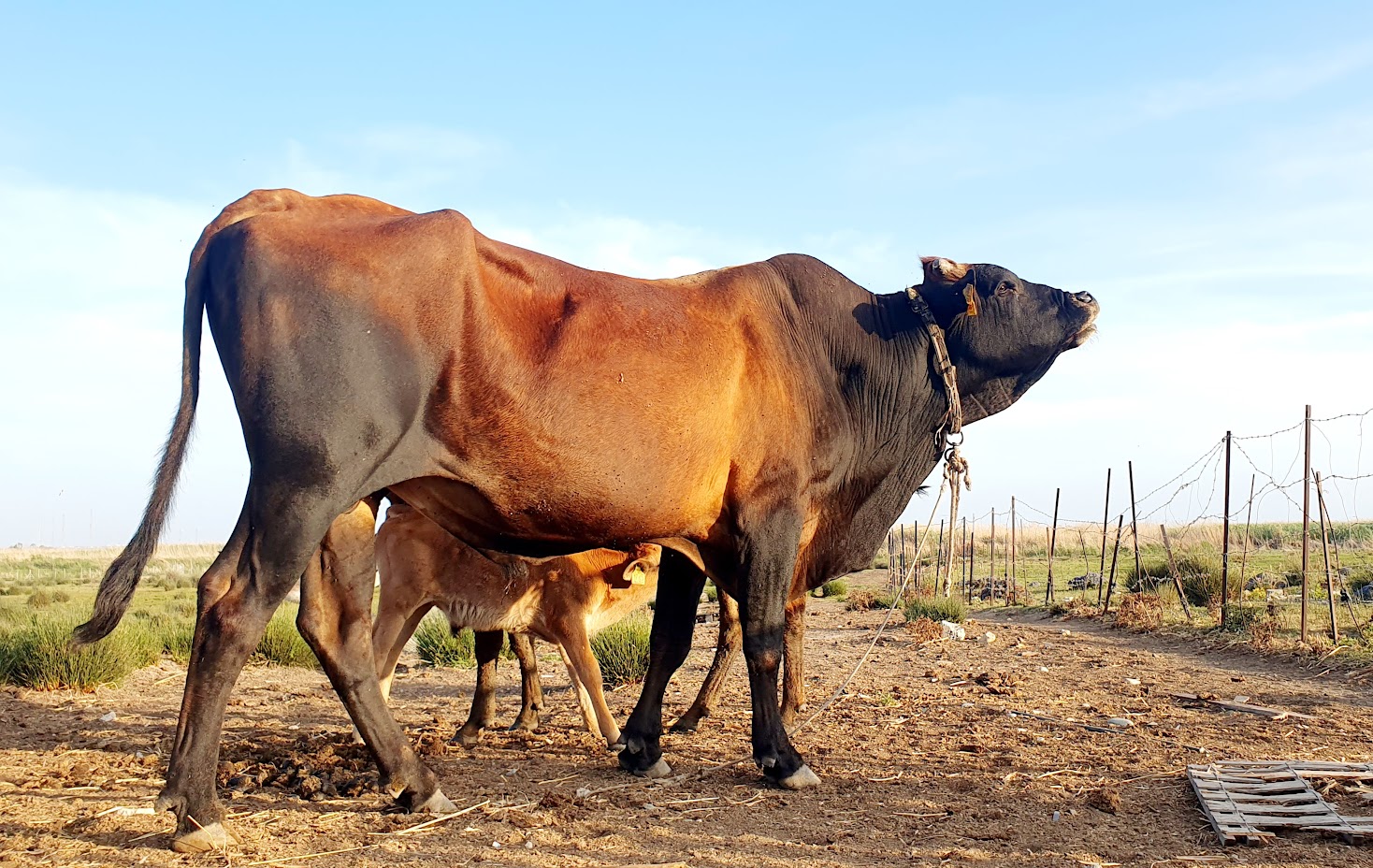There’s something deeply romantic about a bowl of ripe cherries – glossy, crimson and bursting with juice.
But in the hands of a French country cook, they become something even more poetic: clafoutis. This baked custard dessert, somewhere between a flan and a pancake, is one of France’s most quietly beloved dishes – and when cherries are at their peak in June, it’s the perfect way to showcase them.
Clafoutis hails from the Limousin region of central France, a rural area once known for its cherry orchards and dairy farms. It’s a dish that speaks of frugality and abundance at once – a handful of ingredients, a glut of seasonal fruit, and the kind of preparation that requires little more than a whisk and a warm oven. The name is thought to derive from the Occitan word clafir, meaning ‘to fill’ – appropriate, since the fruit is poured into a dish and filled to the brim with batter before baking.
The traditional version is made with unpitted black cherries – a detail that surprises many modern cooks. The pits, it is said, impart a subtle almond-like flavour to the dish as it bakes, adding complexity to the otherwise simple custard. However, many contemporary recipes now call for pitted cherries for ease of eating, and often add a splash of almond extract or kirsch to echo that original note.
The batter itself is closer to a crêpe than a cake – a thin mixture of eggs, flour, sugar, and milk (or sometimes cream), poured over the fruit and baked until puffed and golden. The result is a dessert that’s soft at the centre, lightly crisped at the edges, and streaked with the juices of the cherries as they burst into the custard. Traditionally served warm and dusted with icing sugar, it’s equally delicious cold, straight from the fridge.
Though cherries are the original fruit of choice, variations on clafoutis abound – and when made with other fruits, the dish is technically called a flaugnarde. Apples, pears, apricots, or plums all work beautifully, but there’s something about cherries – tart, sweet and stained with early summer – that makes the original version so enduring.
In Cyprus, where cherries arrive in early June from mountain villages like Pedoulas and Agros, clafoutis offers a charming alternative to traditional cherry preserves or spoon sweets. It’s also well suited to the island’s warm weather – light enough to follow a summer lunch, easy to prepare, and not overly rich. With cream, it becomes luxurious. With yoghurt, it turns rustic. And with nothing but a spoon, it disappears faster than one might expect.







Click here to change your cookie preferences